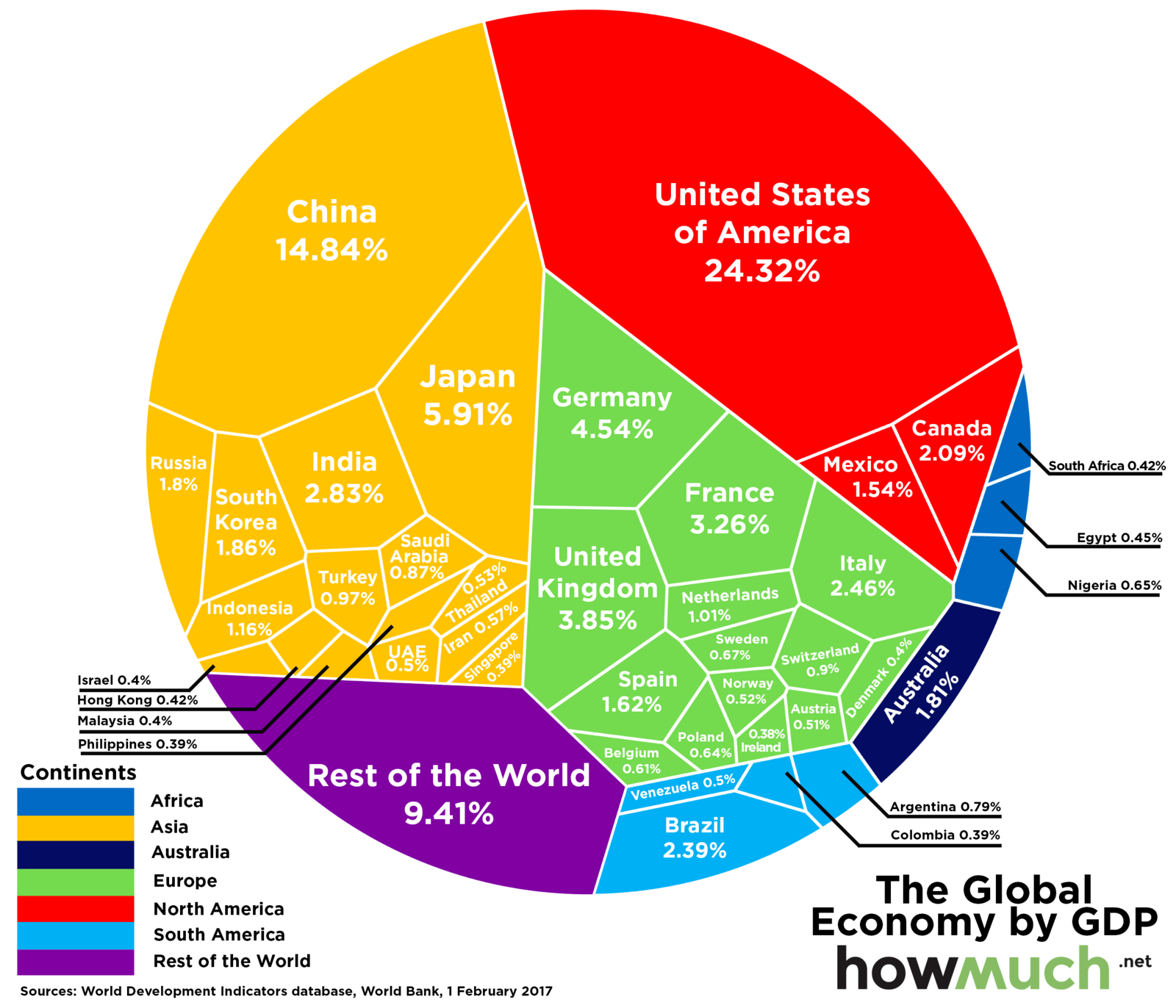CHART OF THE DAY: More on the increasing 'Quits' data
Quick shot for a busy 'Can you believe my Gamecocks are in the Sweet 16?' kind of a Monday.
Here's just one chart from the latest release of what regular readers recognize as my favorite labor marker report - the Job Openings and Labor Turnover Survey - aka the 'JOLTS' report.
This chart illustrates the amount of 'Quits' better known in HR speak as Voluntary Separations, compared with the amount of Layoffs and Discharges, AKA, 'Pack your things, son, it's time for you to go' deals.
Here's the latest chart of this data, then as we all have come to expect by now, some FREE comments from me:
Three quick observations...
1. Really interesting right now that these two lines continue to get farther apart, and the gap between Quits and Layoffs/Discharges continues to increase. The delta between the two series is now 1.6 million, with Quits hitting 3.2 million in January, against 'only' 1.6 million Layoffs/Discharges.
2. The continuing increased in the level of Quits is generally seen as a proxy measure for the overall health of the labor market. The thinking goes that when employees feel more confident in their ability to find alternative work, (either at another company or for themselves), then they are more likely to 'quit' the job they have now. It is a seller's market for labor in some sense.
3. If this trend continues, and labor markets continue to tighten, (you can also look at total job openings to get a sense of this), then employers will (according to the immutable laws of supply and demand), be forced to take counter measures. They can either look to reduce 'quits' by raising wages, improving benefits, or striving to become less crappy places to work. Or, they can look to alternate sources of labor - offshoring, outsourcing, automating, etc., in order to find the talent/labor they need.
The slow and steady economic recovery since the bottom of the last recession marches on. Unless something changes relatively soon, 2017 is shaping up to be a good year for folks who are in demand, have negotiating leverage, and are feeling as confident as ever in their ability to control their careers.
Have a great week!
Go Gamecocks!

 Steve
Steve

